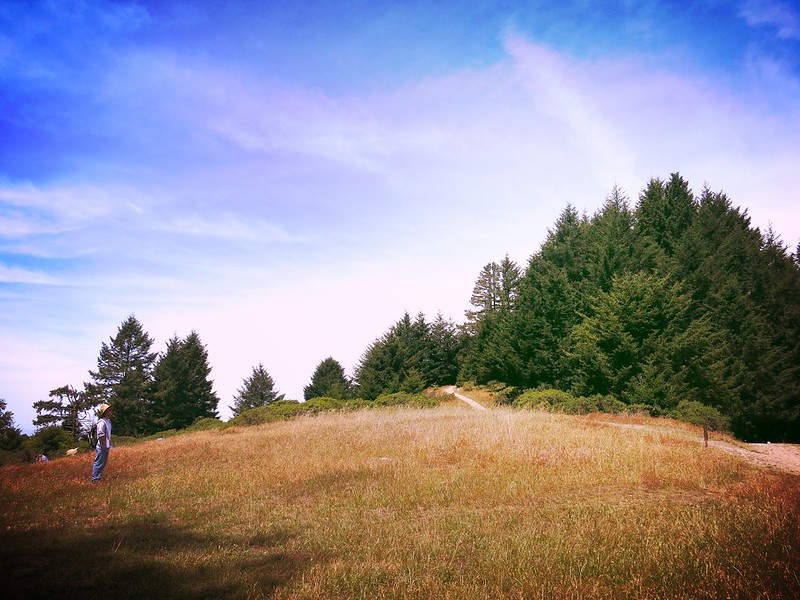
So this is my private, not so secret obsession: creativity, and how to nurture it. Or, to put it more bluntly, how can I get my muse to appear when I need her?
Creativity comes in many forms. You can see it expressed most obviously in the arts, but also in novel scientific approaches, inventions, or the kind of thinking that diverges from the norm. What if you were to study this process, steadily over time, in people who have been able to channel their creativity to achieve great levels of success? Would a pattern emerge?
This is precisely what Nancy Andreasen has done, in her article Secrets of the Creative Brain. She monitored participants' REST: Random Episodic Silent Thoughts, which are periods of free association. In doing so, she found that
"almost all of my subjects confirmed that when eureka moments occur, they tend to be precipitated by long periods of preparation and incubation, and to strike when the mind is relaxed - during that state we called REST."
What is it that the mind is doing during REST? Andreasen's theory is that the mind is making subconscious connections, knitting together random bits of information into a comprehensive whole. The creative mind, as opposed to the non-creative, is exceptionally good at this process. Andreasen theorizes that
"creative people are better at recognizing relationships, making associations and connections, and seeing things in an original way - seeing things that others cannot see."
However, as a caveat, "not all of these connections actually exist."
In practice, the characteristic that a successful creative needs to truly thrive, is persistence. When you create something that is entirely novel, you are going against the grain of what has gone before, and this will be met automatically with skepticism. To succeed, you need to have an inherent belief in your work. You need to continue to push forward in the face of contention, and to meet resistance with perseverance.
I'm paraphrasing, of course. The article goes into far greater depth than what I've written. I just picked out some titillating items, but you can read the full piece Here. I highly recommend it.





